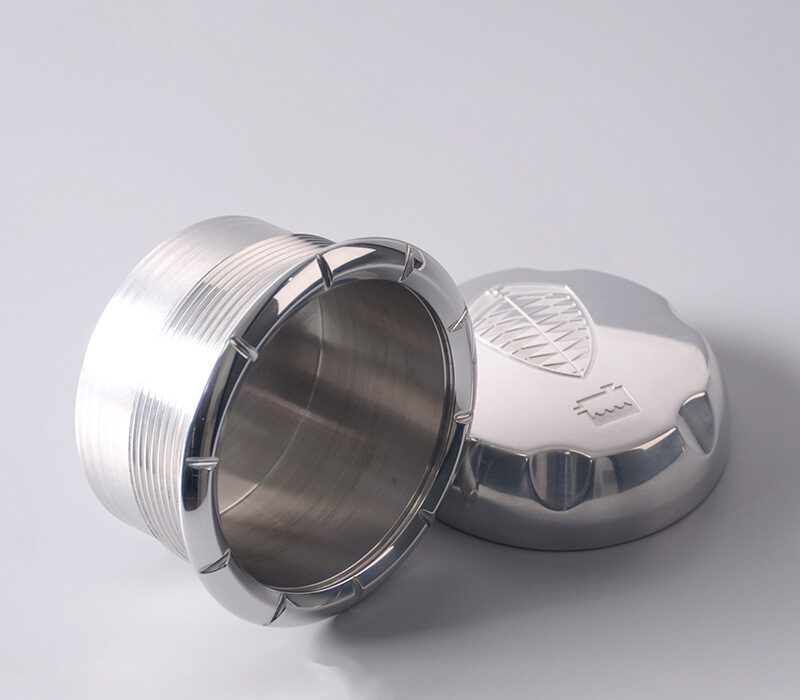The working conditions of plastic molds are different from cold dies. Generally, they must be operated at 150 ° C-200 ° C. In addition to being subjected to a certain pressure, they must also be affected by temperature. According to the different conditions and processing methods of plastic molding molds, the basic performance requirements of plastic mold steel are roughly summarized as follows:
1. Sufficient surface hardness and wear resistance
The hardness of the plastic mold is usually below 50-60HRC. The heat-treated mold should have sufficient surface hardness to ensure that the mold has sufficient rigidity. Due to the filling and flow of plastics, the mold must withstand greater compressive stress and friction, requiring the mold to maintain the shape accuracy and dimensional accuracy stability, to ensure that the mold has sufficient service life. The wear resistance of the mold depends on the chemical composition of the steel and the hardness of the heat treatment, so increasing the hardness of the mold is conducive to improving its wear resistance.
2. Excellent machinability
In addition to EMD processing, most plastic forming molds also require certain cutting operations and fitter repairs. In order to extend the service life of cutting tools, improve cutting performance, and reduce surface roughness, the hardness of plastic mold steel must be appropriate.
3. Good polishing performance
High-quality plastic products require a small surface roughness value. For example, the surface roughness value of the injection mold cavity is required to be less than Ra0.1-0.25, and the optical surface requires Ra <0.01nm. The cavity must be polished to reduce the surface roughness value. The steel used for this purpose requires less material impurities, uniform microstructure, no fiber orientation, and no pitting or orange-like defects during polishing.
4. Good thermal stability
The shape of plastic injection mold parts is often more complicated and difficult to process after quenching, so it should be selected as far as possible with good thermal stability. When the mold forming process is heat treated, the linear expansion coefficient is small, the heat treatment deformation is small, and the dimensional change caused by temperature difference The rate is small, the metallographic structure and the size of the mold are stable, and the processing can be reduced or no longer processed, which can ensure the requirements of mold size accuracy and surface roughness.



